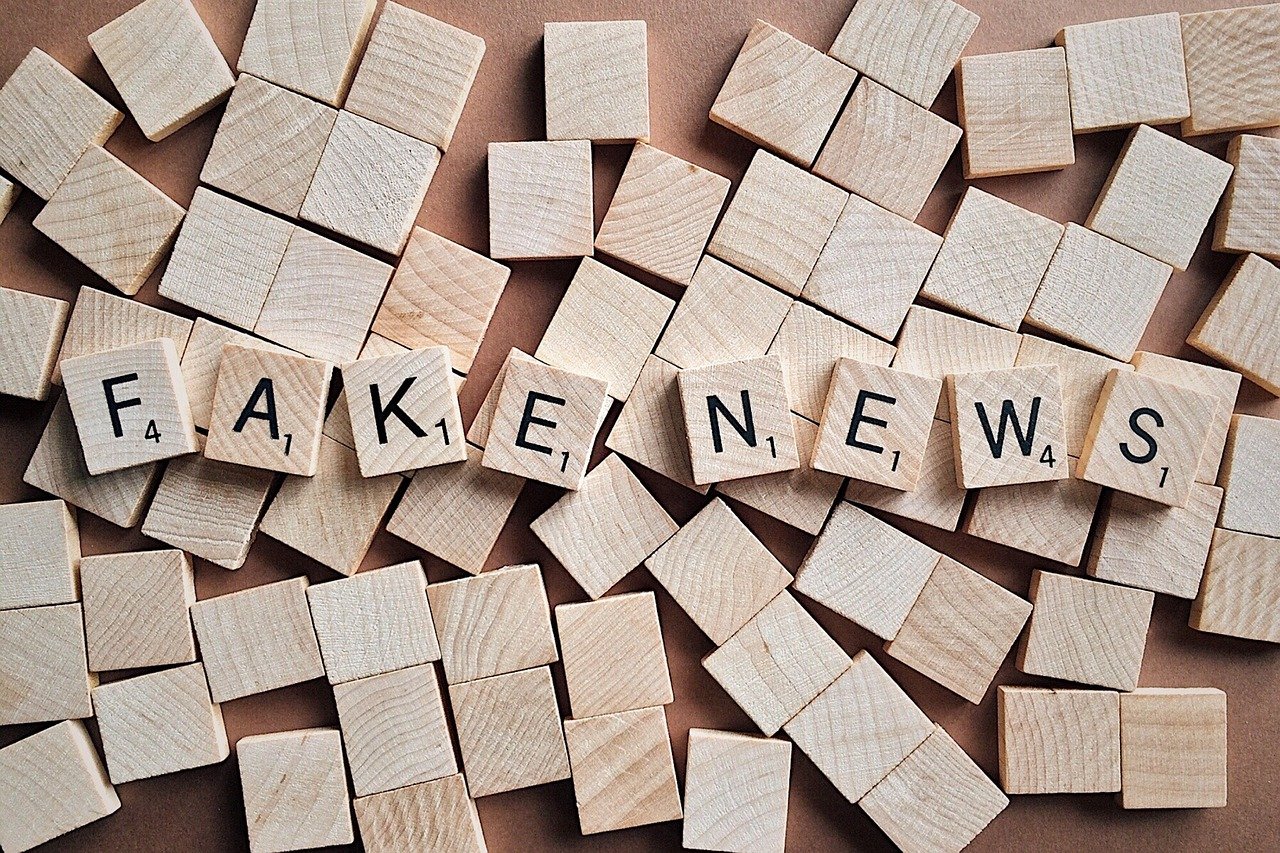This story is sponsored by Philip Morris International.
The spread of misinformation and disinformation is taking a troubling — and sometimes deadly — toll on society.
Understanding and combating the spread of false or misleading information is the subject of a new report, “News Literacy and Misinformation/Disinformation in the Era of COVID-19,” from consultancy CollaborateUp. The independent study, supported by Philip Morris International, found that purveyors of misinformation and disinformation are winning the information dissemination war, which could have dire impacts on every aspect of society, including its governance, health and economic stability.
However, Conor Savoy, a senior fellow at the Center for Strategic and International Studies, says there are ways to slow the spread of lies. It begins with creating greater awareness of the problem and requires multi-stakeholder guidelines to help news consumers better judge the veracity of what they read, watch and often share.
SmartBrief asked Savoy, who contributed to the study, to elaborate on the study’s findings, why so many people are tricked by bad actors, and potential costs of doing nothing to combat a growing lack of information literacy.
What are the differences between misinformation and disinformation?
The two terms are often used interchangeably and both cause harm to society. The primary distinction between the two comes down to intent. Misinformation is an untruth, while disinformation is an untruth deliberately spread. With misinformation, people may share inaccurate or false information, but without malicious intent or sometimes even with positive intent. Disinformation is more sinister, being used by malign actors to deliberately create confusion, sow discord and cause harm.
As we detail in the report, “News Literacy and Misinformation/Disinformation in the Era of COVID-19,” greater unfettered access to information, enabled by new technologies, requires users to distinguish between the two. That has become ever more challenging in the age of artificial intelligence, bots and deep fakes. Successfully overcoming this scourge requires a global, multi-stakeholder approach, uniting individuals, business, civil society and government behind this common purpose.
How have new technologies and platforms changed the manner and speed with which mis- and disinformation are spread?
Sir Winston Churchill was once quoted as saying “A lie gets halfway around the world before the truth has a chance to get its pants on.” Now, this is truer than ever.
With high-definition cameras and high-quality microphones in nearly everyone’s pocket and easy access to free online publishing platforms — including social media, average citizens can create, spread or share content anytime and anywhere without regard to the veracity of the information they are propagating.
Rather than relying on information from “official” or “mainstream” news sources that once served as gatekeepers of information, social media users are now editors of mass information. The terms “official” and “mainstream” are now used as slurs to discredit established news sources and/or the government.
Access to technology has made it easier for anonymous and bad actors to use deep fakes (a video of a person that has been digitally altered) and shallow fakes (media that has been manipulated using simple editing software) to alter stories, images and video to achieve certain outcomes.
In which areas of society have mis- and disinformation done serious harm in recent years?
The growing scope and scale of the threat posed by disinformation and misinformation are seen in politics, health, the environment and technology, among many other areas of society. While some downplay or dismiss the severity of the threat, these are not victimless crimes. Misinformation and disinformation cause suffering, economic loss and even death.
We’ve seen the impact that mis- and disinformation have had on elections in countries around the world and, of course, over the last 18 months they have played a significant role in the response to the COVID-19 pandemic. For example, according to the Center for Countering Digital Hate, 65 percent of vaccine disinformation was spread by just 12 individuals.
Some vaccine skeptics claimed that the vaccine was a mechanism through which various organizations could implant them with microchips that would control them for the rest of their lives. Other conspiracy theories posited a connection between 5G mobile technology and COVID-19, leading to protests on 5G and some individuals taking the drastic step of damaging the physical infrastructure supporting 5G networks.
What are some steps society can take to combat the spread of mis- and disinformation?
As I noted previously, combating these issues and restoring trust in reliable sources of information requires urgent and coordinated action among all stakeholders. No individual group can overcome this challenge alone. There are several areas that may require a shift in business practices, policy or regulation to effect change. That said, there are steps that individuals and society more broadly can take to address this critical issue.
One of the key recommendations of our report is to build up autonomous responses to disinformation and misinformation through awareness and nudging. We need to first strengthen media or news literacy to help citizens of all ages discern between fact and fiction. Further, we need to instill habits and nudges that would cause people to automatically evaluate the source of information, consider the motivations of the author or sender, and pause before sharing information that they have not actually read.
Another recommendation is to focus on the fact production and distribution ecosystem. Research has shown that once individuals read, hear or see false information, it is impossible to erase its influence. While there’s been a significant emphasis on fact-checking misinformation and disinformation, given the “continued influence effect,” it is essential that we focus more heavily on producing and distributing fact-based information in the first instance.
Conor Savoy is a senior fellow with the Project on Prosperity and Development at the Center for Strategic and International Studies. Conor was a significant contributor to the recently published report supported by Philip Morris International, “News Literacy and Misinformation/Disinformation in the Era of COVID-19.” Access the report at www.collaborateup.com/newsroom.
